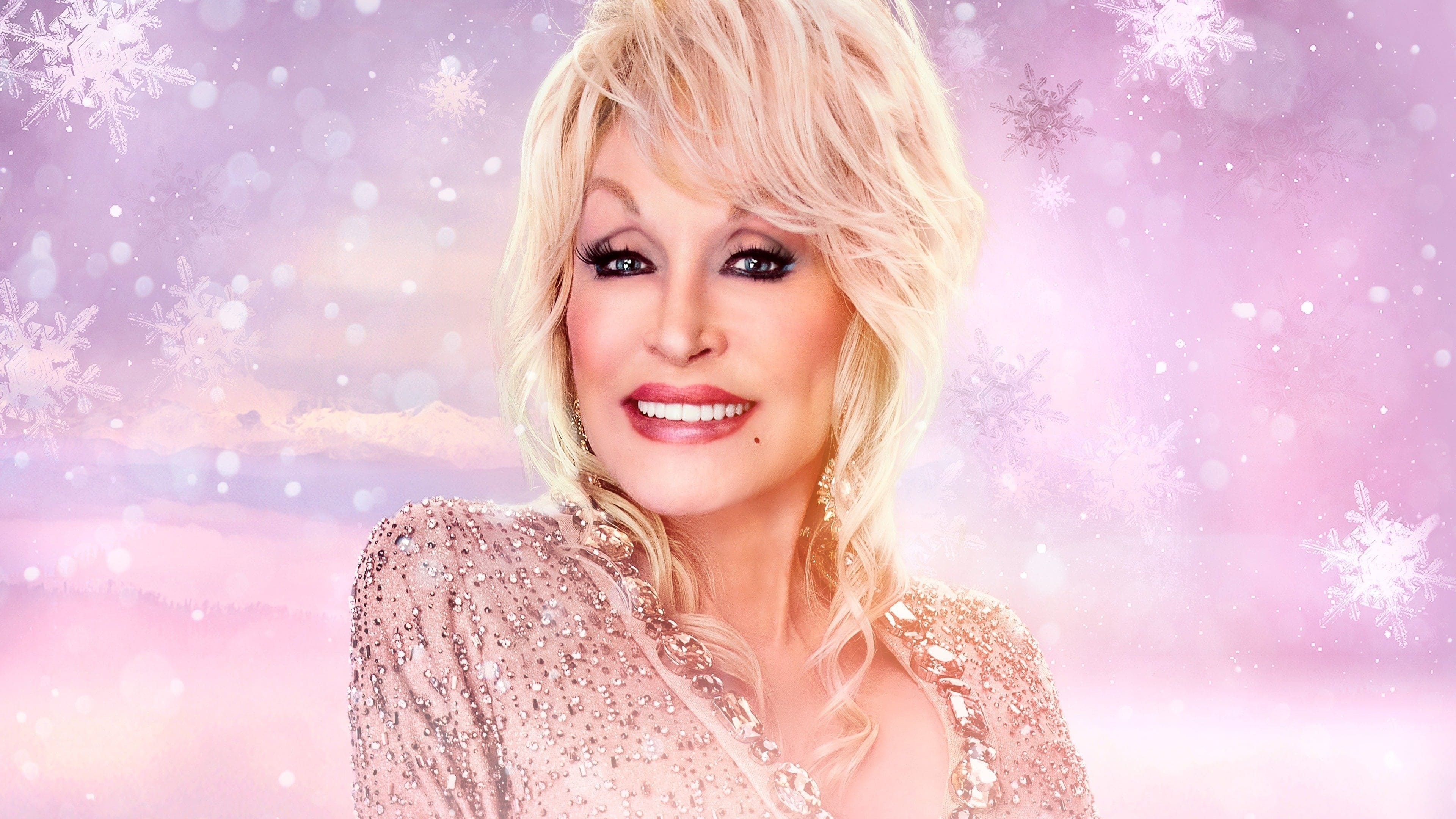When one thinks of Dolly Parton, a multitude of images might immediately spring to mind—her iconic big hair, dazzling outfits, infectious laughter, and, of course, her vibrant personality. Yet, amidst this kaleidoscope of characteristics, a recurring curiosity looms: Dolly Parton’s breast size. This question, seemingly trivial, opens the door to a rich exploration of femininity, self-esteem, and the artistic persona that Parton has meticulously crafted throughout her illustrious career.
Dolly Parton has long been a cultural icon, not just for her extraordinary vocal talent or her contributions to the Nashville music scene, but also for her unabashed embrace of her femininity. Her breast size—a matter of public intrigue—is often interwoven with discussions about body image and societal expectations. In an industry that often fosters rigid ideals of beauty, Parton stands as a testament to self-acceptance and the celebration of one’s curves. She has never shied away from discussing surgery or the enhancements she has made to her body, particularly in a world where such admissions can invite scrutiny or scorn.
As per the whispers of folklore and gossip, Dolly’s breast size has allegedly often been cited as a 40DD. However, what bears more significance than mere numbers is the impact these figures hold in the public’s imagination. To many, her voluptuous silhouette represents more than just beauty; it embodies empowerment and self-expression. Throughout her career, Parton has subverted traditional notions of femininity, channeling her voluptuousness into her public persona rather than allowing it to define her. Her very existence challenges the societal norms that often dictate how women should look and act, and she does this with an effortless grace that feels authentic rather than contrived.
It’s intriguing to consider the implications of Dolly Parton’s breast size in the broader context. From the moment she burst onto the scene with hits in the late 1960s, her physical appearance quickly garnered attention. As a young woman in country music, an arena male-dominated at the time, she not only capitalized on her curves but also redefined the expectations of female entertainers. In an era when modesty was often a given, Parton forged a new pathway, draping herself in rhinestones and colors that celebrated rather than concealed her body. This vocal championing of self-love has inspired countless fans, imbuing them with a sense of appreciation for their own bodies.
Yet, the desire to reduce Parton to mere bodily statistics tramples on the more profound narrative she embodies. Her story is one of resilience, creativity, and sheer talent. The question—“What is Dolly Parton’s breast size?”—is laden with layers of misunderstanding. It serves as a convenient shorthand for a much more intricate discussion about identity, agency, and the multifaceted aspects of womanhood. Beyond the numbers lies a woman with over five decades of contributions to music, film, and philanthropy, including her prominent work in literacy and education through her Imagination Library initiative.
Further complicating the conversation is the intersection of feminism and femininity that Parton navigates with astounding dexterity. In interviews, she often jokes about her appearance, using humor to disarm critics and reshape the conversation surrounding female body image. By positioning herself as both a sexual icon and a down-to-earth, relatable figure, Parton grants permission to women everywhere to embrace both the sultry and the sincere. Her breast size may be a talking point, but it also represents the freedom to define oneself on one’s own terms.
The attention placed on her body also highlights the glaring reality of societal expectations. Many seem to unconsciously pigeonhole women into boxes defined by aesthetics rather than accomplishments. Dolly Parton’s enduring legacy serves as a reminder that beauty takes many forms, and true worth lies not in the measurements of one’s body but in the richness of one’s contributions to the world. As such, engaging with the question of her breast size is also an opportunity to reflect on how society values women and their bodies, and the impact this has on self-esteem and identity.
Moreover, one cannot ignore the artistic choices that Parton has made which beautifully showcase her body. Her signature look—platinum blonde hair, vibrant make-up, and form-fitting attire—demonstrates her understanding of performance art and self-presentation. Every rhinestone, every bold color, and every accentuated figure tells a part of her story, inviting audiences to engage with more than just the superficial aspects of her appearance. The visual narrative she weaves contributes to her musical ethos, marrying her image with her sound in ways that resonate deeply and personally with millions.
In conclusion, while the inquiry into Dolly Parton’s breast size may spark amusement or curiosity, it ultimately opens up a much deeper dialogue about society’s relationship with femininity and self-image. Embracing one’s curves, owning one’s narrative, and celebrating individuality is what truly lies at the heart of Dolly Parton’s enduring appeal. To reduce her to mere measurements is to overlook the magnitude of her influence, both in entertainment and in the larger cultural conversations about beauty and womanhood. She is not merely a statistic; she is a testament to the idea that women should stand tall, proud, and unapologetically themselves—breasts and all.

